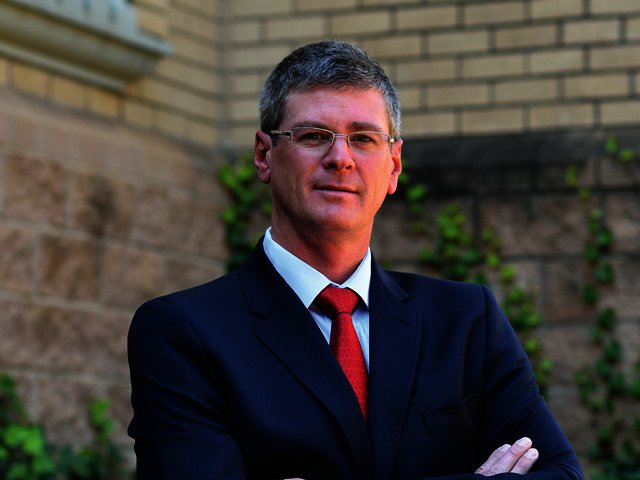TechSmart Business (TSB): It seems like companies are starting to see IT infrastructure not so much as a necessary back-end, but more and more as an important driver of business. This is echoed by Hitachi Data Systems’s talk of Business Defined IT. Can you expand on this concept?
Shaun Barendsen (SB): Companies these days expect the infrastructure ‘plumbing’ to be in place in order to meet managerial and business requirements. That’s the base on which all else can be built. What we are seeing now, with this interconnected world of ours, is that businesses have the ability to store, protect and, more importantly, mine data from a variety of different sources. Businesses now need to look at how they take these sources of information and turn them into insight in order to give the company a competitive advantage. But even this advantage can erode rapidly if they can’t adapt quickly enough. This is why businesses are far more involved in IT discussions and solutions, which they need to make them more competitive. For CIOs this means finding the link between what technology can do, and what the business needs going forward.
TSB: Are there any specific requirements you are hearing from your South African clients? How does this differ from, say, the States?
SB: Much like America, South African companies are feeling the pressure of having to deal with large amounts of complex data. The challenge is finding the edge or differentiation in the market you are dealing with. While in the past connectivity was an issue, it’s becoming less so depending on where you are situated. On a metro-distance we’re seeing more and more businesses with fibre connectivity; prices are coming down and it’s becoming easier to implement. But connectivity does remain an issue especially in a high volume, high transaction environments – we need thick pipes to make sure we can create an active-active environment.
TSB: Many companies are sweating their assets, seeing how long they can last and holding on to their money. Is this where the Hitachi Storage Virtualisation Operating System can play a role?
SB: Absolutely. The benefits of storage virtualisation is much the same as that which server virtualisation brought to market. What Hitachi provides is the ability to cluster enterprise storage systems across different locations, allowing one to move workloads transparently across different enterprise storage systems. The virtualisation technology allows us to connect different types of storage from whatever manufacturer. With this we can extend the life of assets, since, for example, certain types of storage can be classed as aging technology and put to use in some lower-tier of storage pool.
Going forward we expect the life of this storage system to far exceed previous versions, purely because we can upgrade separate components into the Virtual Storage Platform G1000 depending on what the performance requirements are from the different business applications.
TSB: Obviously more expensive flash storage has a place here too?
SB: We are finding that in companies, typically 20% of the data is accessed 80% of the time. That is the data that you want in the fast access tier of storage, such as Solid State Drives, while the rest could sit on a lower, more cost effective tier.
The important thing is that this process needs to be automated. We can’t have storage administrators using their time to analyse access patterns in order to move data around, we need the system to do it automatically and transparently too. This is done by Hitachi Dynamic Tiering which is part of the Storage Virtualisation operating system.
TSB: The Hitachi Virtual Storage Platform is highly rated by Gartner, noting that it’s one of two systems with the highest rating for every use case analysed. What does the new Virtual Storage Platform G1000 bring to the table?
SB: To me, the most important benefit is being able to provide the active-active clustering, and the additional features to allow the customers to be more agile in the services they provide. Migration of storage can sometimes take up to a month, we can now cut that down to basically nothing. Finding downtime in an organisation to migrate storage is becoming really difficult, seeing that for most their IT is business critical and can’t be taken out of service. With the active-active clustering on the VSPG1000 we don’t need that downtime anymore because we’ll always have the storage available in two places. Plus there’s workload balancing involved since the system will automatically move workload from one to the other. This allows us to take one system out at a time without affecting the availability of the services.
TSB: Ultimately, it’s the analysis of data that is important here, correct?
SB: Managing change is a challenge for many of our clients. It is here where the analytics of the data available to them is going to be critically important. In order for our clients to adapt to their changing market environments, they need to derive value from the data that they are storing, and turn it into insight, opportunity, and a real competitive edge. This holds true for all industries – telcos, finance, health care. Data is the currency that is going to make the difference.





